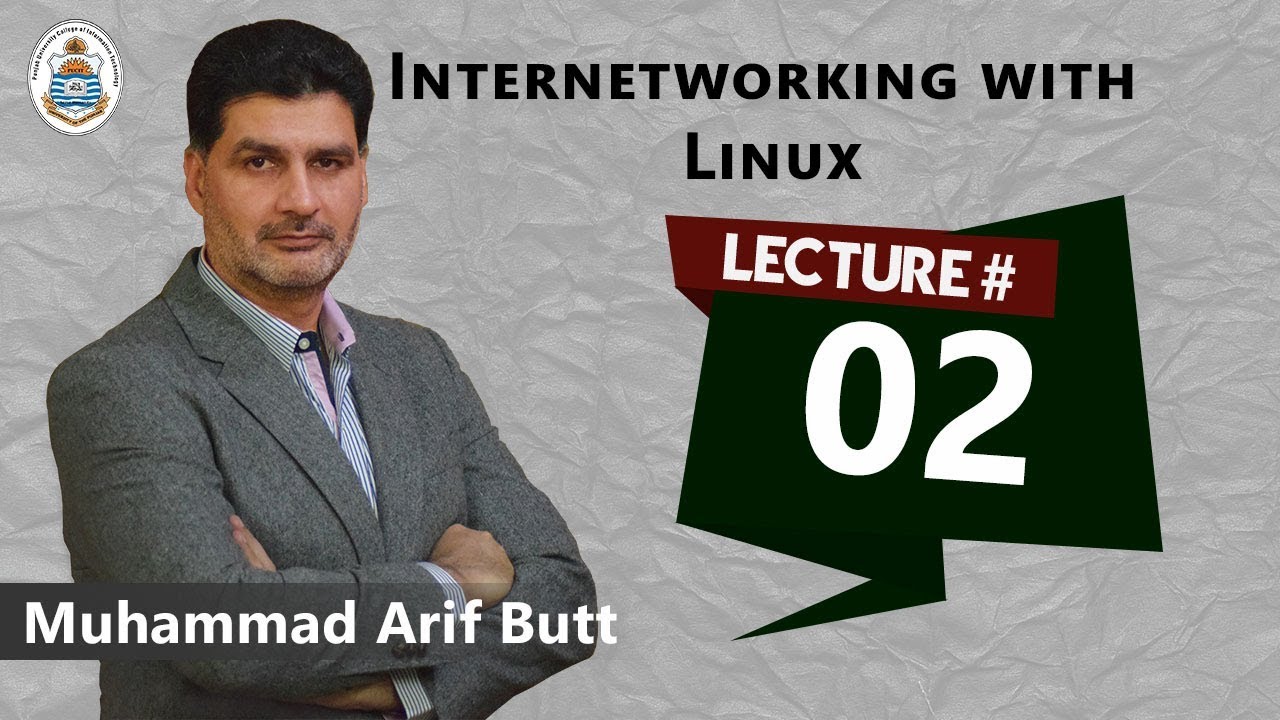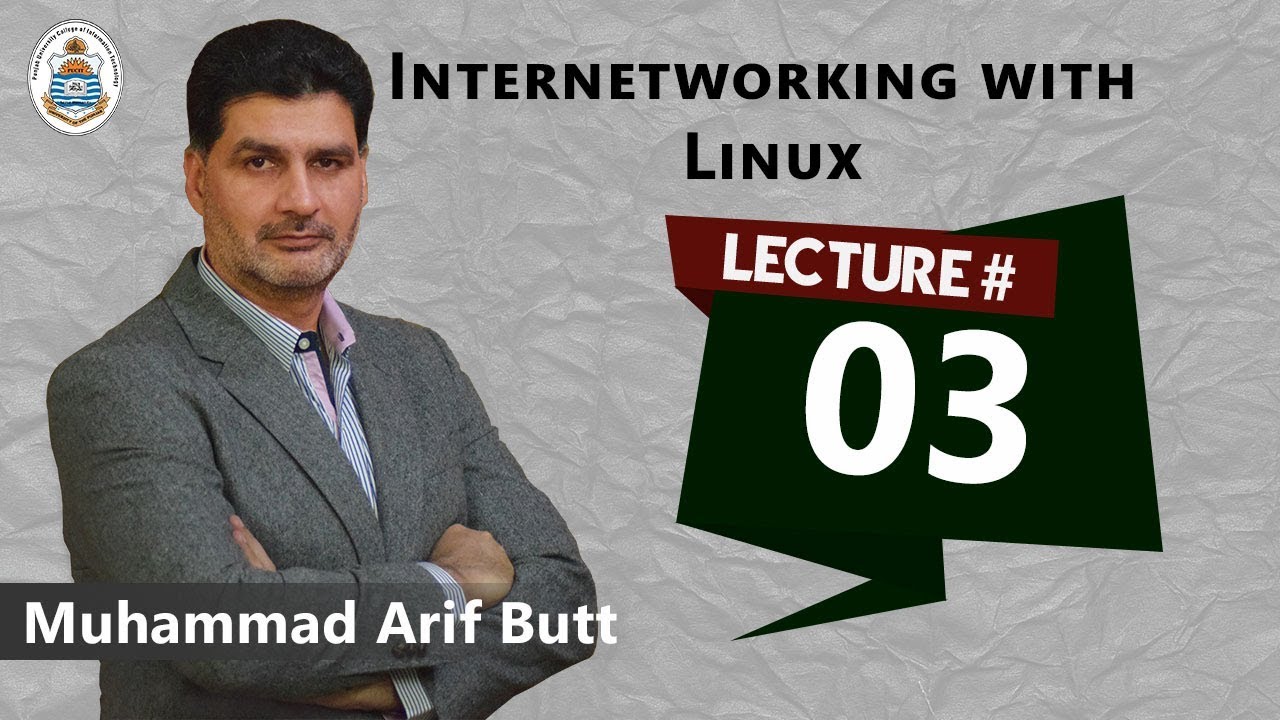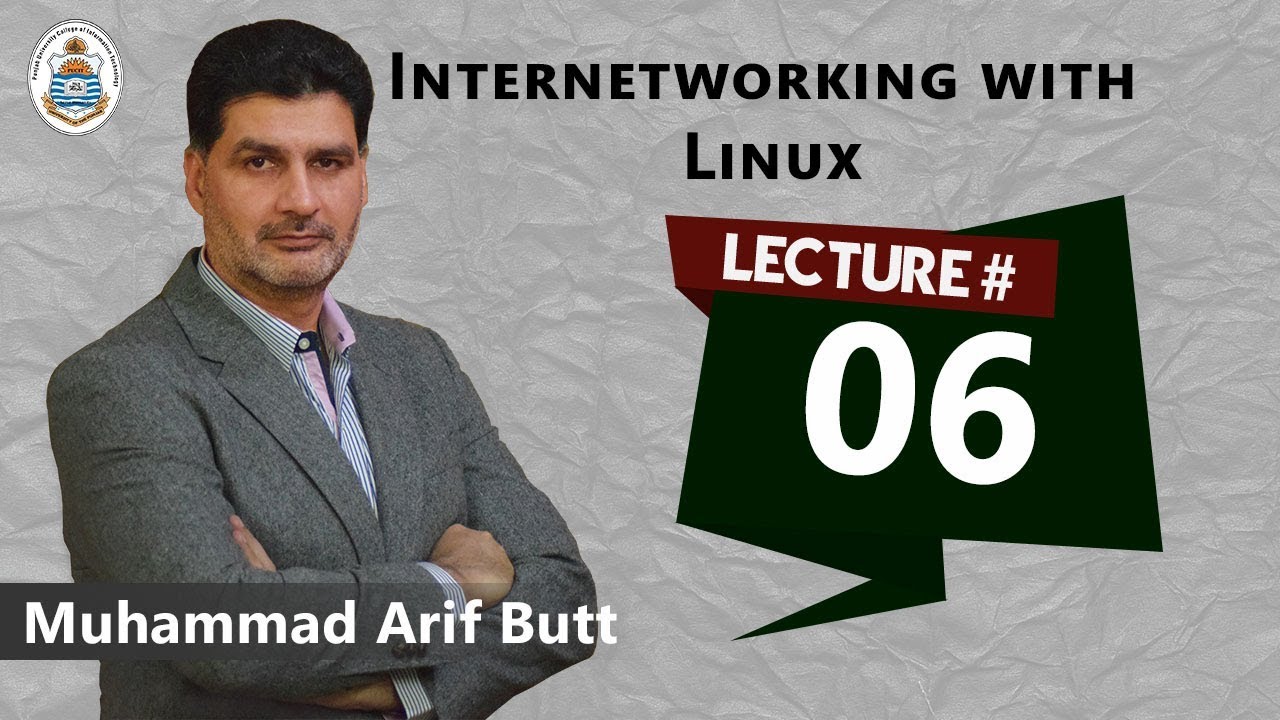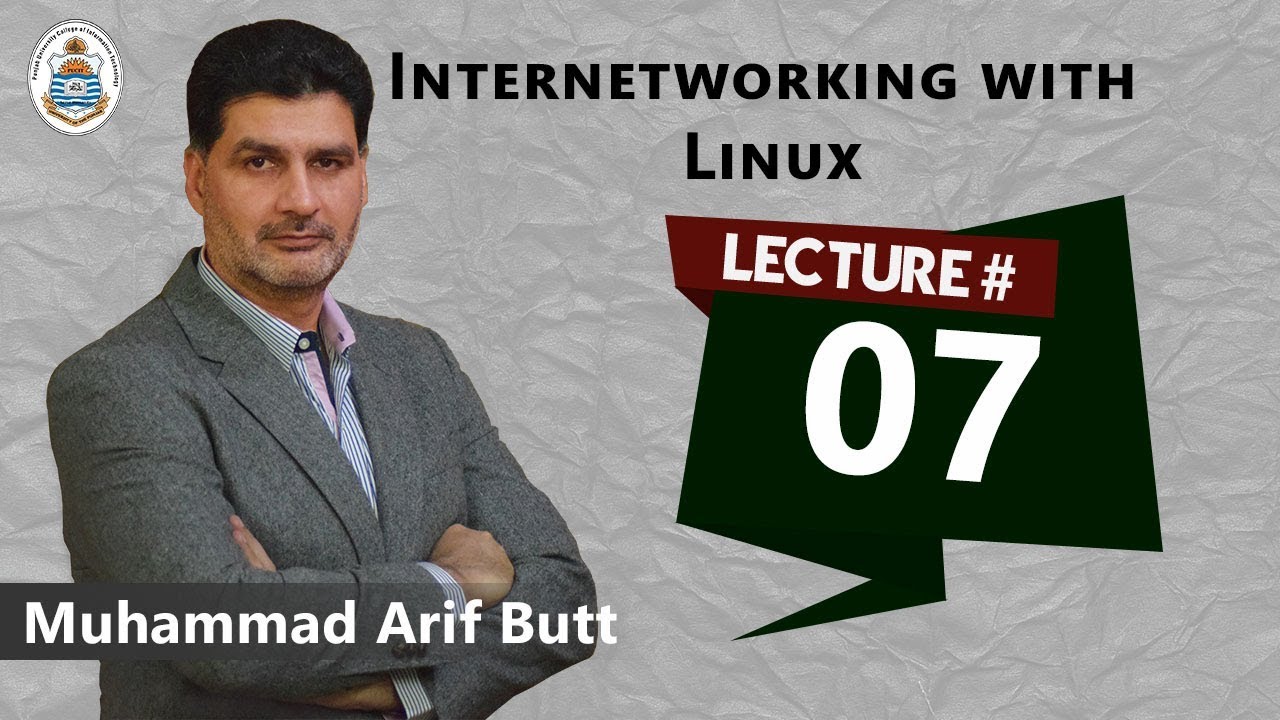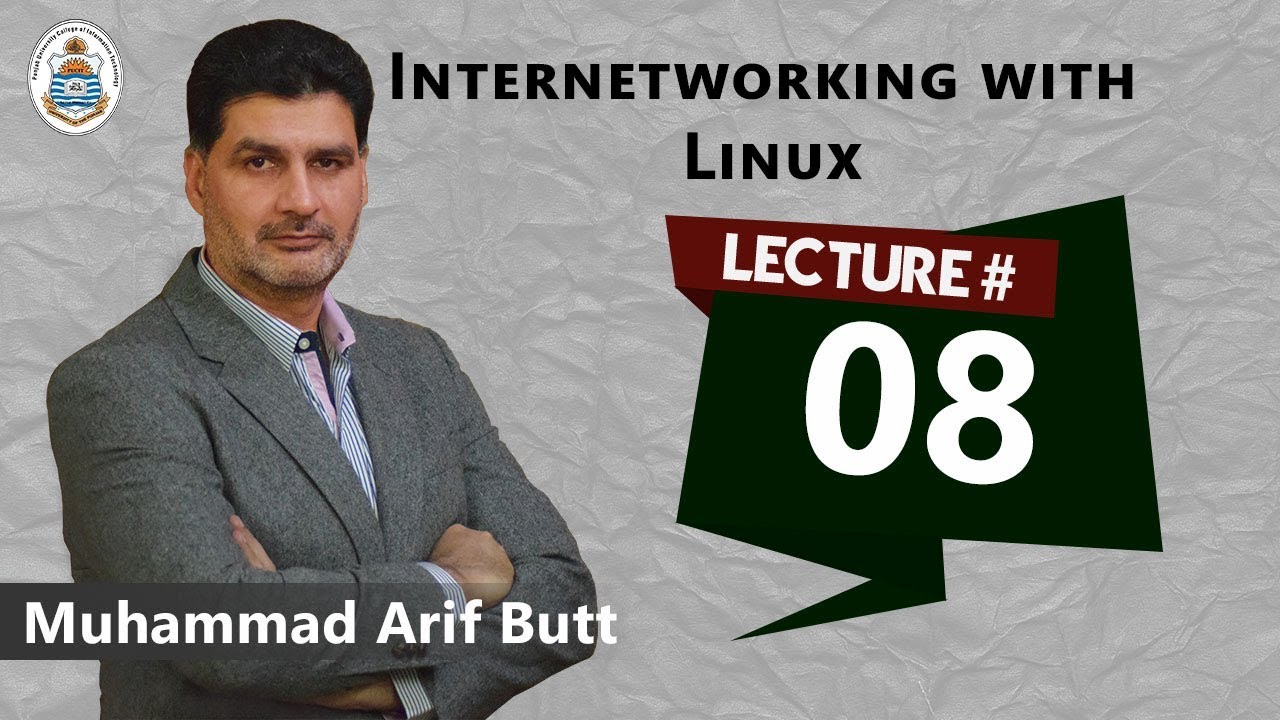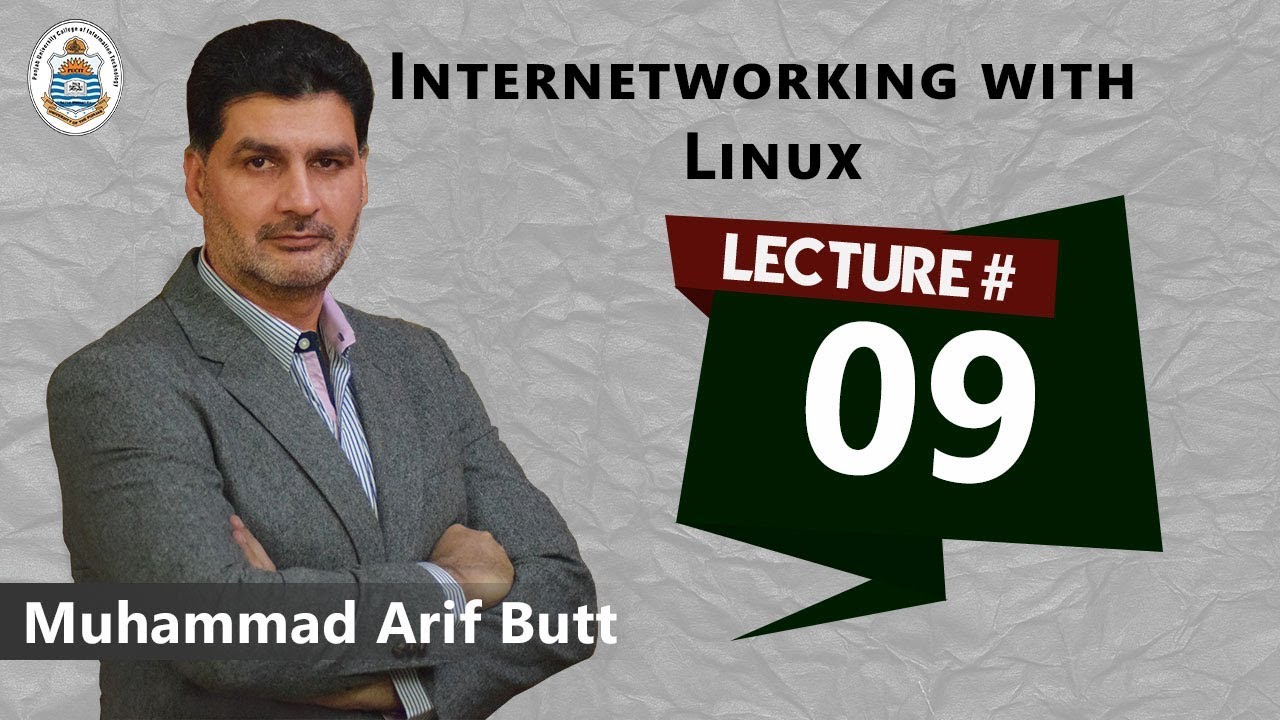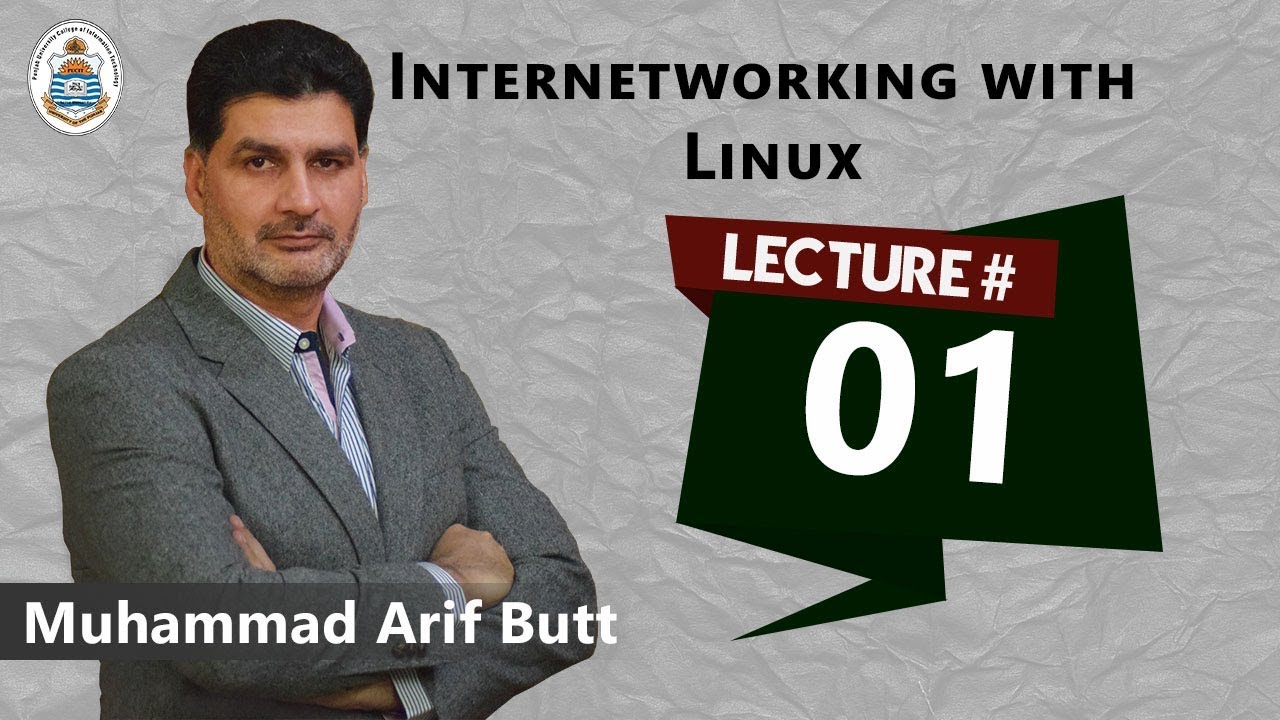
Lec01 Overview of TCP IP (Arif Butt @ PUCIT)
This is the first session on the course “Inter-networking with Linux”. This session gives an overview of the TCP/IP stack, the working of different layers and the addresses used on each. This session gives specific emphasis on the Internet Layer addresses, the class-full addresses, and the classless internet domain routing. It also describes the importance of private addresses and briefly touches upon the concepts of sub-netting and super-netting. The concepts used in this session are very important for all the upcoming lectures…
